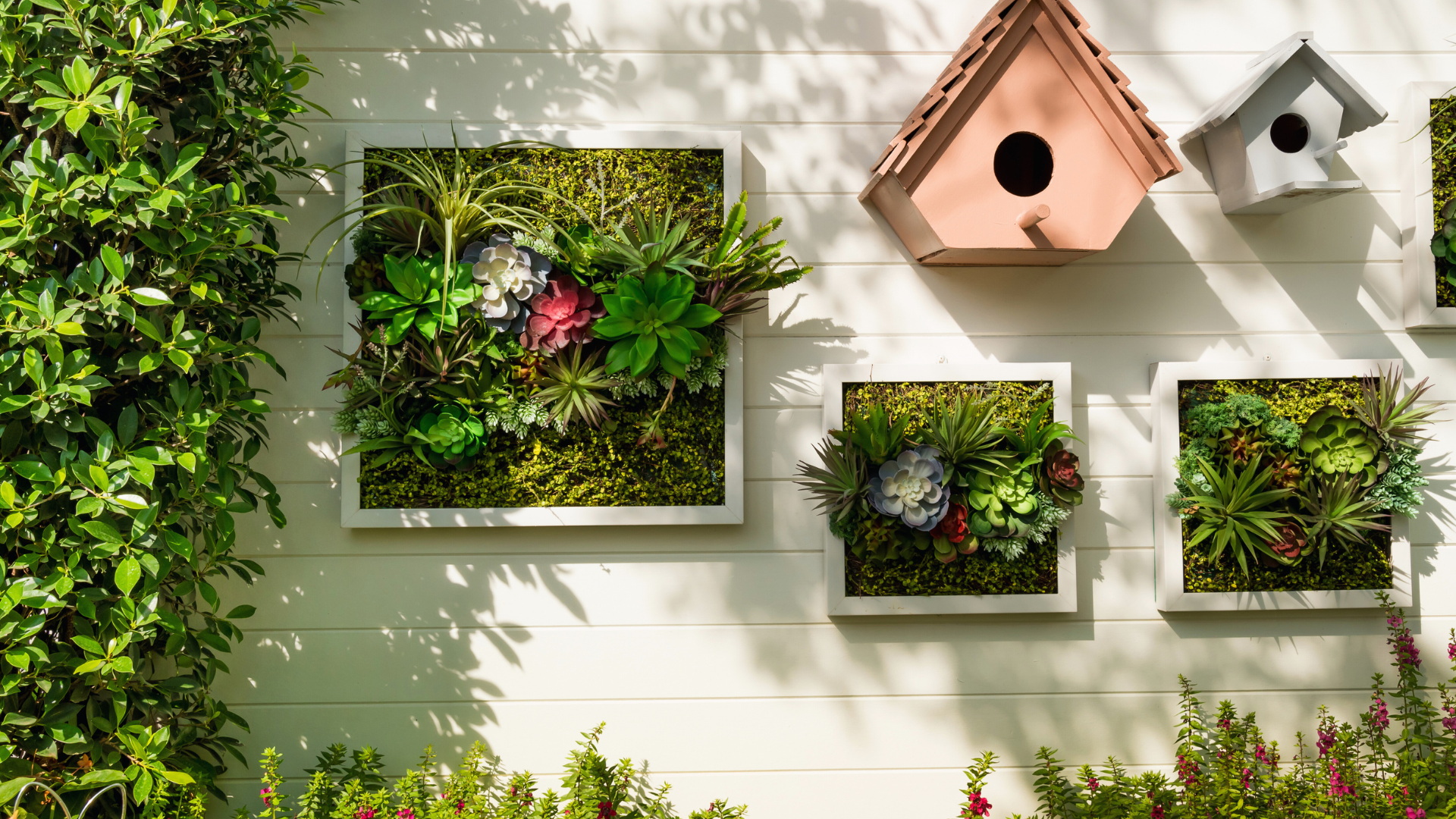Creating a vertical garden wall can transform any space, adding greenery and improving air quality. With careful planning and the right materials, anyone can construct a lush vertical garden that enhances both aesthetics and functionality. This innovative approach to gardening not only maximizes limited space but also allows for creativity in design.
To start, selecting appropriate plants is crucial. They need to thrive in vertical arrangements, so considering light and moisture levels is essential. Additionally, the choice of structure, such as a trellis or modular planting system, can dramatically impact the garden’s success.
Maintenance is another key aspect of vertical gardening. Regular watering and pruning will ensure that the garden remains healthy and vibrant. By investing time and effort into these elements, anyone can enjoy a thriving vertical garden that serves as a stunning focal point in their home or office.
Essentials of Vertical Gardening
Successful vertical gardening involves a blend of knowledge about plant choices, spatial awareness, and environmental considerations. Understanding these key elements enables the creation of thriving vertical gardens or living walls.
Understanding Vertical Gardens
Vertical gardens are innovative ways to integrate greenery into limited spaces. They can take various forms, including wall-mounted planters, trellises, or modular systems that allow for a variety of plants.
Key factors in vertical gardening include proper structure and irrigation systems that support plant health. An effective vertical garden must also facilitate drainage, preventing water buildup that can harm roots.
Using materials such as felt, wood, or metal for planters can significantly impact plant growth. Each material offers unique benefits, such as moisture retention or aesthetic appeal.
Choosing the Right Plants for Your Vertical Garden
Selecting appropriate plants is crucial for the success of a vertical garden. The best choices often include a mix of herbs, flowers, and succulents.
Recommended plants include:
- Edible plants: Thyme, basil, oregano, and strawberries thrive in vertical setups while providing culinary benefits.
- Flowers: Choose flowering plants like nasturtiums for color and aesthetic value.
- Succulents: These are ideal for low-maintenance systems, requiring less watering and care.
It’s essential to consider the light and climate of the garden location when choosing plants. A well-balanced combination of herbaceous, leafy, and flowering plants will create visual appeal and enhance biodiversity.
Selecting the Perfect Location
Location plays a pivotal role in the success of vertical gardening. When selecting a spot, assess the amount of sunlight, wind exposure, and accessibility for maintenance.
A southern or western-facing wall generally provides the most sunlight, beneficial for many edible plants and flowers. Conversely, areas with excessive shade may limit plant growth.
Access to water sources for irrigation is another consideration. Proximity to a hose or faucet simplifies the watering process and ensures plants receive adequate moisture.
Lastly, consider the structural integrity of the wall or framework that will support the vertical garden. Ensuring it can safely hold the weight of soil and plants prevents potential damage or collapse.
Structural Components and Installation
Creating a vertical garden wall requires careful consideration of the structural components and installation processes. The right framework ensures that plants thrive and can be easily maintained.
Types of Vertical Garden Structures
Vertical gardens can be built using various structures, including trellises, arbors, and pergolas. Trellises provide support for climbing plants and can be installed against a wall or as a freestanding feature. Arbors offer a decorative option, often incorporating pathways or sitting areas. Pergolas add height and dimension, creating a shaded space for garden enthusiasts.
Another option is tower gardens, which utilize vertical planters stacked on top of each other, allowing for an efficient use of space, especially with vertical vegetable gardens. Hanging gardens utilize wall planters or window boxes secured to walls or fences for a more aesthetic view. Choice of structure depends on the intended plants and available space.
Building and Assembling Your Vertical Garden
To build a vertical garden, selecting the right materials is essential. Landscape fabric serves as a barrier for soil, preventing it from spilling while providing adequate drainage. Using potting soil optimized for vertical gardens ensures healthy plant growth.
Installation can be straightforward. A drill is often necessary to secure components like wall planters or shelves. Begin by mounting the structural framework using appropriate anchors that can support the weight of the plants and soil. When assembling, ensure an even distribution to prevent any collapse. Once secured, fill planters with soil and arrange plants based on their sunlight and water needs. Regular maintenance includes watering and pruning to encourage optimal growth in this unique garden setup.
Gardening Techniques for Vertical Growth
Creating a thriving vertical garden wall requires specific techniques to ensure plants grow well in a confined space. Key aspects include proper soil selection, effective watering systems, and attentive plant care, all tailored to support vertical growth.
Soil and Plant Nourishment
Choosing the right soil is crucial for a vertical garden. A high-quality potting soil that is lightweight and well-draining is ideal. It allows roots to access air and nutrients efficiently.
Incorporating organic fertilizers, such as compost or liquid nutrients, enhances soil fertility. Regular applications of fertilizer help support the growth of fresh herbs like cilantro and sage. It’s also essential to consider the pH level of the soil, ensuring it meets the needs of the selected plants.
Watering and Drainage Systems
Implementing a proper watering system ensures that plants receive adequate moisture without drowning. Vertical gardens, whether indoors or outdoors, often benefit from drip irrigation systems, which deliver water directly to the roots. Each planting container should include drainage holes to prevent water accumulation and root rot, which can harm plant health over time.
Sometimes, excess water can collect behind planters or seep into walls, especially in tightly spaced vertical setups. In these cases, professional guidance can help identify and fix potential drainage problems before they affect plants or the home. Services like Sunrise Drainage can assess the setup, recommend solutions, and ensure that water flows safely away from the vertical garden.
Regularly checking soil moisture and adjusting your watering schedule based on plant types and environmental conditions will help maintain a healthy, thriving vertical garden.
Pruning and Plant Care
Regular pruning is necessary to encourage a bushier growth habit and prevent overcrowding. Trim back any dead or wilted leaves to maintain plant health and aesthetics.
Focusing on each plant’s growth habits is important for vertical gardens. For herbs, regular harvesting not only promotes new growth but also ensures a continuous supply. Inspecting for pests or diseases is vital; addressing issues promptly will help sustain a healthy vertical garden.

